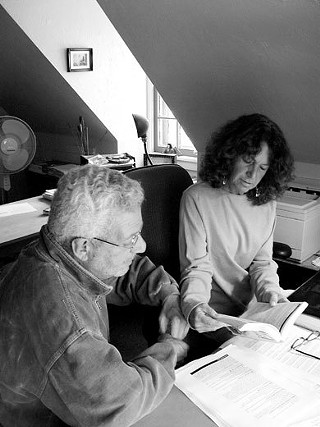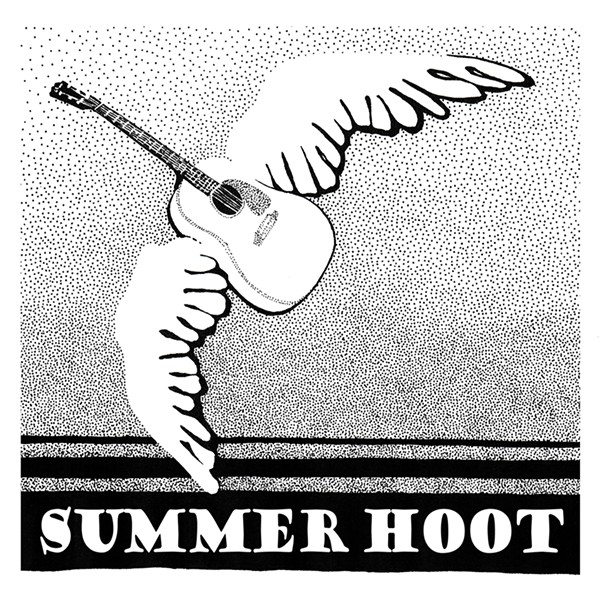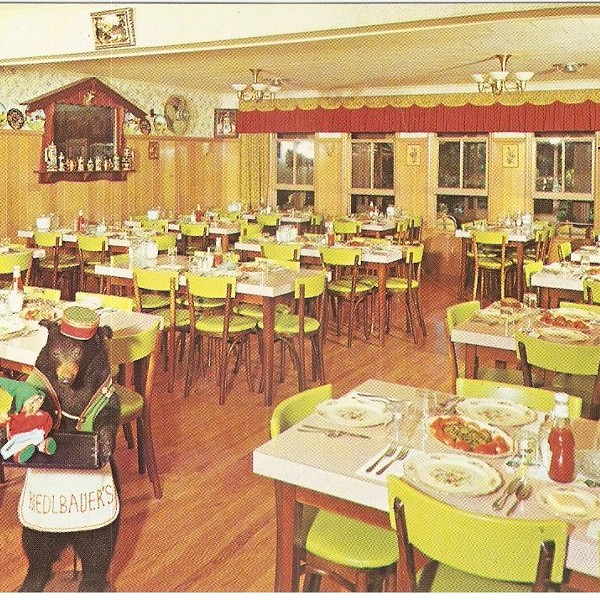Ever been out of town and craving health food with no idea where to find it? Roam the streets no longer. Healthy Highways: The Traveler’s Guide to Healthy Eating (2004), is a glove-compartment atlas with listings and directions to 1,900 food stores and eateries scattered across all 50 states. The innovative guide—written up in Self, the Miami Herald, Muscle & Fitness and other national publications—seems poised to succeed along the lines of The Supermarket Handbook (1973), the bestseller that launched authors Nikki and David Goldbeck into the food-writing limelight. Kicky in design and layout, easy to read, and fun to use, the natural foods gurus’ latest release seems to proclaim Charles Reich’s 1970 vision alive and kicking—despite these fast-lane, drive-thru times.
The Goldbecks themselves contributed to the zeitgeist Reich examined over 30 years ago in The Greening of America, a book that analyzed youth revolutions aimed at making the country livable. Nikki, a certified dietitian-nutritionist and consultant, penned her debut in 1972 with the health-oriented Cooking What Comes Naturally. David, a law school graduate-turned food educator, established Ceres Press in 1977 and wrote his groundbreaking guide The Smart Kitchen in 1994. Having now studied the American diet for more than 30 years and between them authored 10 books related to that subject, the Goldbecks bring a wealth of experience to their newest project.
The concept for Healthy Highways originates with The Tofu Tollbooth by Dar Williams (with Elizabeth Zipern), for which the Goldbecks issued the second edition in 1998. The publishers bought the rights to that pithy travel guide when Williams lost interest in updating it; its descendent, Healthy Highways, contains 100 percent new material, completely updated, more expansive, and more comprehensive. Using Williams’ material as a touchstone, the Goldbecks performed online research and culled recommendations from likeminded “tripsters” in preparing their version. They compiled extensive mailing lists and sent out information forms to establishments, then followed up with phone calls and Web site visits. The authors thought the book would write itself, then discovered that stores and restaurants are often too busy to fill out a form. “It took a lot of time and detective work, especially to gather entries for places like Chattanooga, Tennessee,” says Nikki.
Nikki also devoted hours to combing MapQuest for explicit compass points. “I thought proprietors or workers would give good directions, but then you realize a lot of times they’re very local—that a street might have four different names…We include approximate mileage from the nearest highway exit because there’s nothing so frustrating as thinking you might be lost.” There are two main symbols in Healthy Highways: a shopping cart for “natural food store” and a crossed knife and fork for “restaurant,” listed side by side for dual-purpose places. Two ancillary symbols connote “handicap accessible restrooms” (a wheelchair figure) and “no credit cards accepted” (a slashed circle). This simple coding allows “people to see what approximate price range and style each is—whether sit down or take out,” says Nikki.
Designed with motorists, bikers, and hikers in mind and billed by the authors as “the answer to supersize, calorie-laden, high-fat meals,” Healthy Highways features descriptions, addresses, phone numbers, hours of operation and tasting menus for every listing. It encompasses a variety of choices, from a burrito street cart in Washington, dc, to an elegant gourmet vegetarian restaurant and wine bar in Manhattan. “Some of the places do serve meat, but also emphasize vegetarian, organic perspectives,” says Nikki. “We don’t list ethnic restaurants because most of these traditionally have vegetarian or vegan offerings and there are simply too many. But we do include those that are exclusively vegetarian or surpass usual expectations in terms of whole foods emphasis or organic choices.”
Healthy Highways also touts about a dozen “fun facts” pages called “Eat It or Not,” which are comprised of quizzes intended to educate and occupy travelers. There’s also an appendix of travel ideas and an index of roadway “Resources” that provide things like phone numbers for “green hotels”; weather services; and pet-friendly lodgings, restaurants, and attractions. Since keeping the compendium up-to-date remains essential to the project, the authors have also established a Web site, HealthyHighways.com, an information-sharing resource for healthy-lifestyle traveling that encourages consumers to correct or update information in the book and to share tips about possible destinations for future editions of Healthy Highways.“Approximately 30 percent of the population eats at least one meal away from home daily—an increase of more than two-thirds over the past two decades,” David says. “People need new guidance about how to partake, including where to stock a healthy cooler for eating in the car or picnicking along the way.” Though experiencing slower growth than fast-food chains, whole foods alternatives expanded fourfold during the same period. “The reality is, you can create your own healthy restaurant chain, going from one place to another as if there’s a McHealthy’s.” In fact, the owners of Stonyfield Farms Yogurt already have developed such a fast-food concept with O’Naturals, which is listed in the New Hampshire section of the book.
Healthy Highways both inspires readers to have culinary adventures away from home and encourages them to rediscover healthy options in their own backyards. Readers can search for long-lost haunts, as well; I immediately scoured the book for the campus cooperative vegetarian restaurant where I worked during my college days, but found only its student-run grocer counterpart, People’s Market, still located in the University of Massachusetts Student Union. “Colleges were the hardest to gather information about,” says Nikki. Also unlisted, much to my chagrin, was Common Ground, one of two longstanding earthy-crunchy locations in Brattleboro, Vermont—but thankfully Stone Soup (the other) appears.
As David explains, the book can help consumers to plan ahead: “You’re traveling and you want to eat well and there might be a place right around the corner, but you don’t know about it.” As an example, he cites Down to Earth Cafe, located in the Catskill Mountain Coffee House less than four miles from the Kingston rotary. The Goldbecks are quick to mention that they haven’t yet tried all the places listed in the handbook, but they stress that they’ve had “terrific meals” in several. Among their favorites are Sammy T’s, an inexpensive, eclectic restaurant in Fredericksburg, Virginia, that serves four meatless burgers (and just one with meat). Closer to home, they recommend Albany’s vegetarian café Shades of Green as well as one of Manhattan’s all-vegetarian Indian restaurants, The Vatan.
“One of the things I loved about doing the book was hearing about dishes at certain restaurants that sound exciting and fabulous—like Cajun tempeh,” says Nikki. “My hope is that in addition to opening up new vistas for consumers, people interested in opening healthy food businesses will also consult Healthy Highways as a resource, using places already listed as models. We also want to help these places survive or convince others to change their product lines and menus in order to be included in the next edition.”
Healthy Highways may be ordered directly from Ceres Press, PO Box 87, Woodstock, New York, 12498; or by phone or fax at (845) 679-5573. For more information, visit www.CeresPress.com or HealthyHighways.com.

















